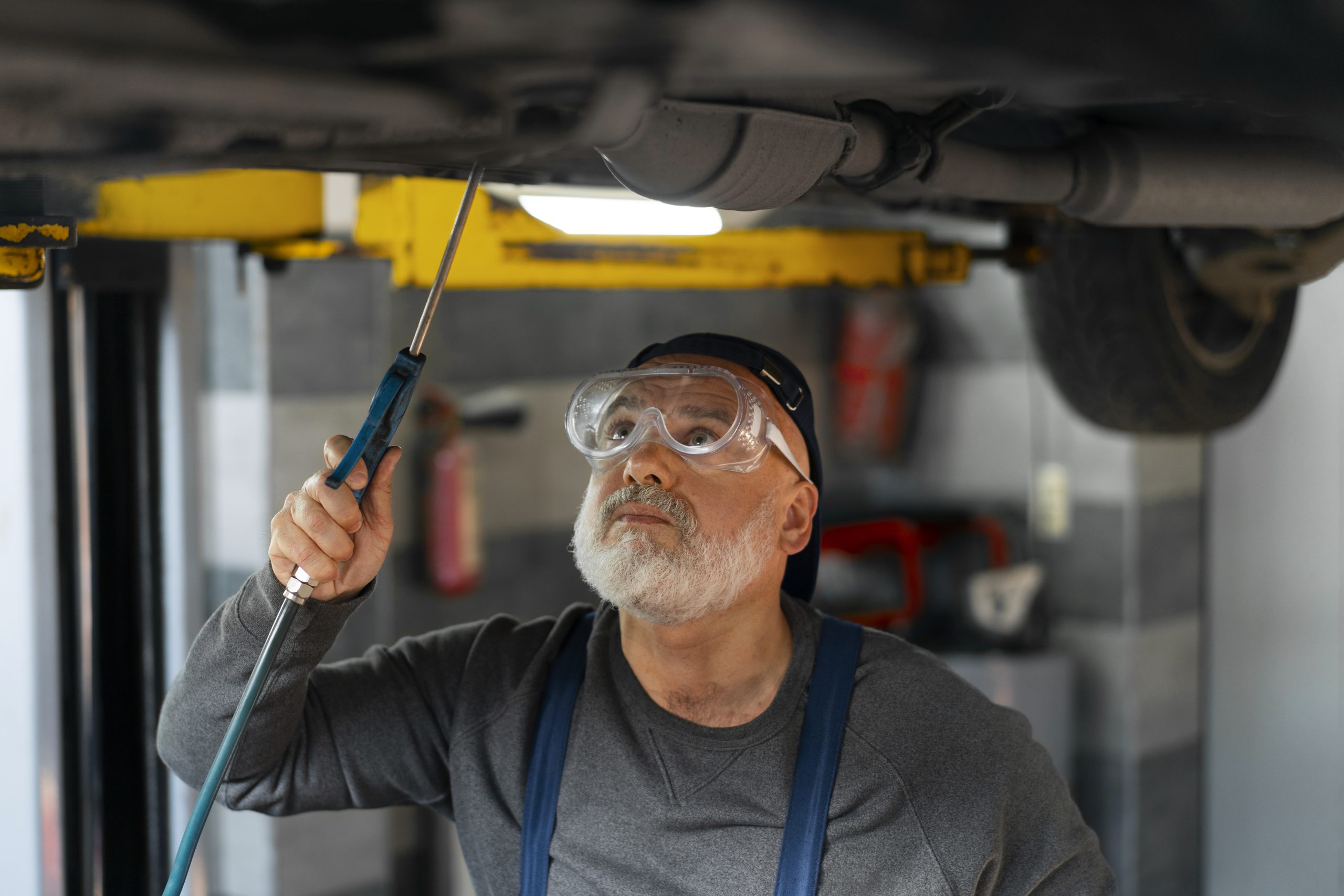Is Your Engine Hydrolocked? Causes, Signs & Fixes
Car won’t start after driving through a puddle? Or maybe you hear strange noises coming from under the hood? These could be signs of a hydrolocked engine – a serious condition that no driver wants to face.
At Dream Coast Auto, we’ve seen this issue many times, and our certified mechanics are here to explain what hydrolock is, what causes it, and how to fix it before it leads to costly damage.
What Is a Hydrolocked Engine?
A hydrolocked engine happens when water, coolant, or even oil enters the engine’s combustion chambers. Since liquid cannot be compressed, the pistons can’t complete their compression stroke, causing the engine to seize or stall.
Hydrolock most often occurs when driving through deep water or flooded roads, but internal leaks such as coolant or oil entering the combustion chamber can also trigger it.
Common Causes of Engine Hydrolock
While splashing through floodwater is the most common cause, several other issues can hydrolock your engine:
-
Damaged head gasket – coolant leaks into the combustion chamber.
-
Cracked engine block or cylinder head – allows fluid to seep into the engine.
-
Internal leaks – failed seals or gaskets letting in oil or coolant.
-
Flooded air intake – happens when off-roading or driving through waterlogged streets.
Signs of a Hydrolocked Engine
A hydrolocked engine usually makes itself known immediately. Watch out for these warning signs:
-
Car won’t start or won’t turn over.
-
Loud knocking or clunking noises when trying to start.
-
Water or excessive smoke coming from the exhaust.
-
Engine stalls shortly after driving through water.
If you notice these symptoms, stop trying to restart the car—it could cause even more internal damage.
What to Do if Your Engine Is Hydrolocked
If your car is hydrolocked, here’s what you should do right away:
-
Do NOT try to restart the engine – forcing it can damage pistons, rods, and valves.
-
Move to safety – push the car to a safe area if possible.
-
Disconnect the battery – prevents further electrical damage.
-
Check the air filter – if it’s soaked, water has entered the intake system.
-
Call a professional mechanic – DIY repairs can make things worse.
Can a Hydrolocked Engine Be Repaired?
Yes—but the extent of repairs depends on how much damage occurred. In some cases, draining the engine and replacing damaged parts is enough. In severe cases, rebuilding or replacing the engine may be necessary.
Additional repairs may include:
-
Fluid replacement – transmission, brake, and differential fluids may need flushing.
-
Electrical inspection – water can short out sensors and wiring.
-
Interior deep cleaning – if water entered the cabin, mold prevention is crucial.
-
Wheel bearing check – prolonged water exposure can compromise bearings.
-
Rustproofing – especially if exposed to saltwater.
Hydrolock Repair at Dream Coast Auto
Dealing with a Is Your Engine Hydrolocked can be stressful—but you don’t have to handle it alone. At Dream Coast Auto, our experienced team will:
-
Diagnose the extent of engine damage.
-
Perform safe, expert repairs using high-quality parts.
-
Recommend preventive steps to avoid future hydrolock issues.
We take pride in honest service, clear communication, and reliable engine repair that gets you back on the road with confidence.
Call Dream Coast Auto today to schedule an inspection if your car has been exposed to water or if you suspect a hydrolocked engine. Our experts will make sure your vehicle is safe, reliable, and road-ready.




